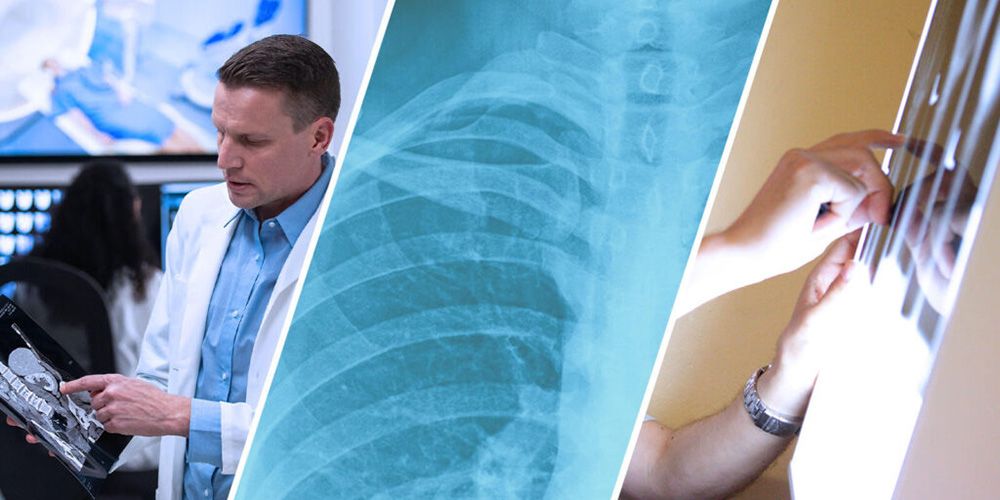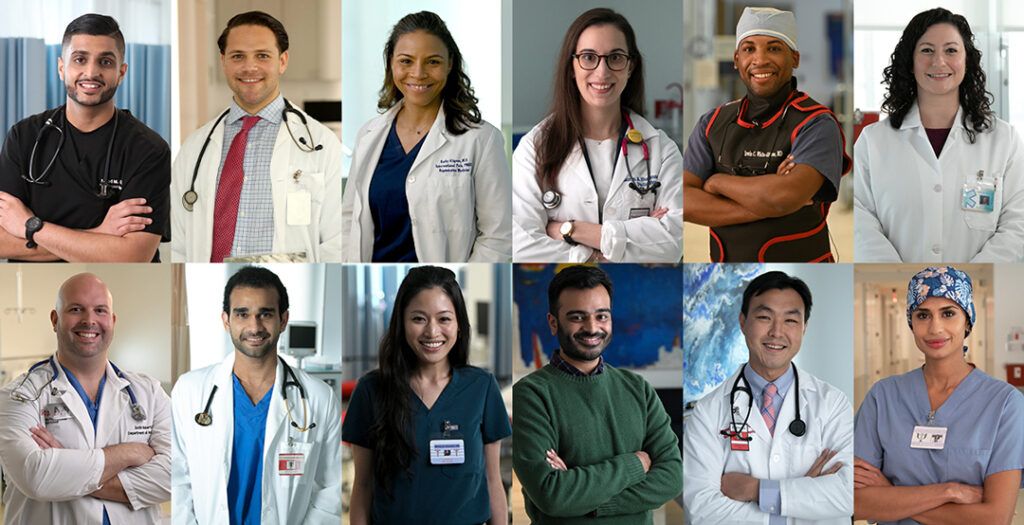Most medical students have relatively little exposure to radiology until they’re completing clinical rotations at the tail end of their Doctor of Medicine (MD) program. As you gain clinical experience, you’ll quickly learn that there’s a lot more to the radiologist job description than simply taking x-rays.
So, what do radiologists do in their day-to-day work? Keep reading as we explore the details of this important medical specialty.
What do radiologists do?
Radiologists work as consultants to their clinical colleagues. In fact, these experts are sometimes referred to as a “doctor’s doctor.” They are tasked with providing concrete diagnoses to complex clinical questions, and they then recommend next steps such as additional tests or treatments.
Radiologists are trained at using medical imaging technologies and interpreting the results. Examples of such devices include:
- X-ray
- Ultrasound
- Computed tomography (CT)
- Magnetic resonance imaging (MRI)
“Until there is a final report by a board-certified radiologist, not a single thing gets done—surgery, starting someone on medication, beginning chemotherapy, and so on,” explains Dr. George Bolotin, a St. George’s University (SGU) graduate and director of interventional radiology at Wyckoff Heights Medical Center. “Radiologists play a crucial role.”
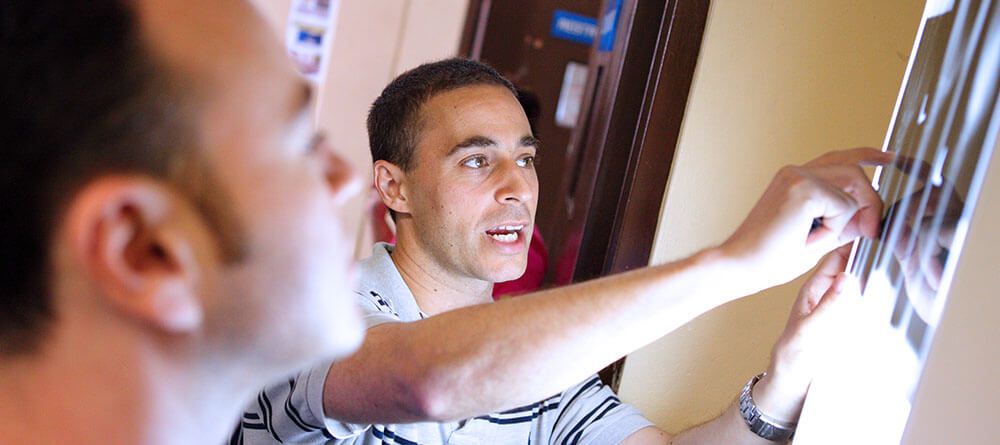
What are some radiology specialties and subspecialties?
The American Board of Radiology (ABR) awards certification in four primary areas. These include medical physics (a nonphysician role) and radiation oncology, but there are really two primary radiology specialties:
Diagnostic radiology: Physicians who practice this type of radiology leverage imaging like x-rays, ultrasound, and electromagnetic radiation to diagnose and treat diseases. Diagnostic radiologists often detect problems early on by interpreting results and correlating their findings with clinical information and other relevant tests.
Interventional radiology: These radiologists similarly leverage imaging, but they’re also experts in performing image-guided, minimally invasive procedures, such as embolization, angioplasty, and stent placement. “You get extra training in a completely different clinical sense because you’re performing procedures,” Dr. Bolotin explains. Interventional radiologists, he adds, are responsible for overseeing the patient’s care from their first clinic visit all the way through providing postoperative care.
There are also many subspecialties that require fellowship training, including:
- Abdominal/body imaging
- Breast imaging
- Cardiovascular radiology
- Chest imaging
- Emergency radiology
- Musculoskeletal radiology
- Neuroradiology
- Nuclear radiology
- Oncologic imaging
- Pain medicine
- Pediatric radiology
- Vascular and interventional radiology
Finally, there are some fellowship opportunities that offer training in a particular modality, such as a fellowship in MRI with training in multiple subspecialties listed above (e.g., body, musculoskeletal, and neuro).
According to Dr. Bolotin, pursuing a subspecialty is often the best choice for radiologists today given how much imaging has advanced over time. Fellowship experience, he notes, matters greatly to employers.
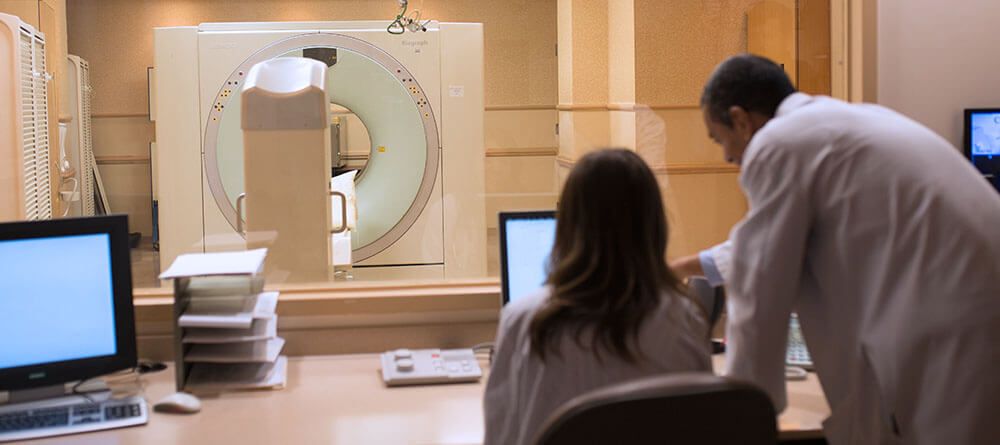
What are some common radiologist duties?
Because there are so many specialization opportunities, there’s no universal radiologist job description. That said, there are a number of responsibilities that are typical for most physicians in this field.
According to the Fellowship and Residency Electronic Interactive Database (FREIDA) from the American Medical Association (AMA), both interventional radiologists and diagnostic radiologists are responsible for the following:
- Interpreting x-rays and plain film
- Reading MRIs
- Performing diagnostic and therapeutic procedures using catheters
- Interpreting CT scans
- Providing diagnoses to referring physicians
- Training radiologic technologists on how to perform procedures
What are the most important skills for radiologists?
Effective radiologists need an extensive knowledge base in addition to skills like time management, critical thinking, and complex problem solving. Dr. Bolotin says it’s also important to be able to recall an extensive amount of information.
“You have to be aware of all organ systems, and you need to be able to recognize the pathology of anything from the toe all the way to the brain,” he explains.
While having an innate knack for interpreting imaging is also useful, it’s something that can be developed over time through residency training. “I think that comes with experience,” Dr. Bolotin shares. “There’s a certain threshold you hit during your first or second year into the residency when you really start to get it. Before then, you’re still learning and just trying to determine what ‘normal’ is.”
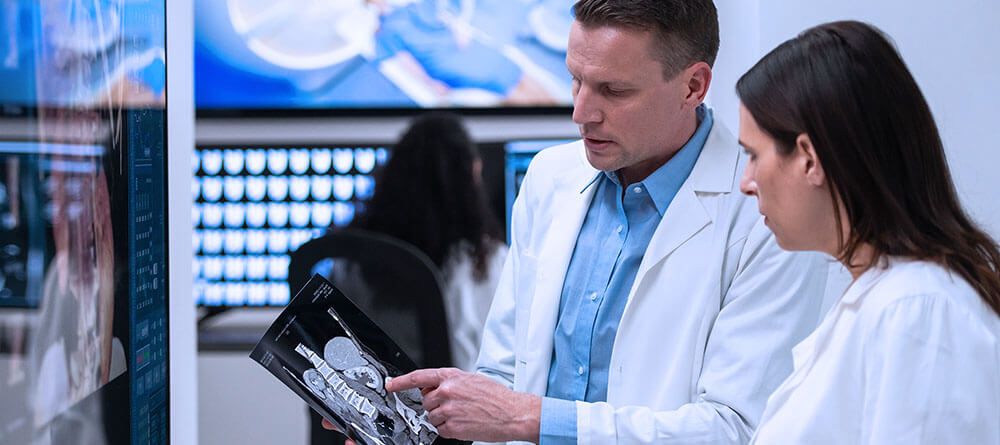
How do you become a radiologist?
Aspiring radiologists need to attend a four-year program to obtain a medical degree. The first two years focus on building a foundation in the basic sciences through lectures and labs. The final two years of medical school are when you’ll begin the three-part United States Medical Licensing Examination (USMLE) series and gain hands-on experience through clinical rotations.
“I would encourage you to do a rotation in radiology to see if it’s for you,” Dr. Bolotin suggests, adding that it’s often a good field for those who aren’t as focused on spending a substantial amount of time working directly with patients.
Students will then need to apply for residency positions and complete their postgraduate training. For radiology residents, this entails a preliminary surgical, medical, or transitional intern year. They’ll then focus on radiology (or radiation oncology) for four years.
Upon completing residency, radiologists are able to obtain board certification. They can also pursue additional fellowship training to further specialize.
Ready yourself for a career in radiology
When it comes to what a radiologist does on the job, it’s clear there is a lot of variety. But one thing that’s certain is these medical specialists play an integral role on the medical team.
If you can envision yourself pursuing this technologically advanced specialty, you’ll first need to gain acceptance to and attend medical school. Start preparing by reading our article “Planning Your Medical School Application Timeline.”
If you’d like to learn more about SGU School of Medicine, take the next step. Continue your research by visiting our request information page.

